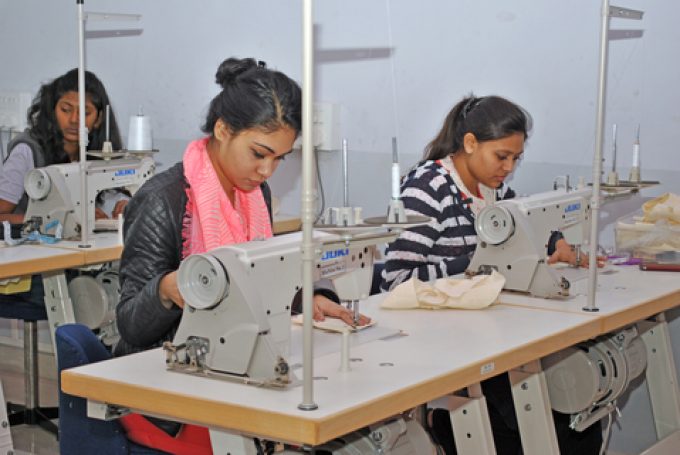More industrial unrest in Bangladesh, more opportunity for India
Chaos has gripped Bangladesh’s supply chains, with strikes on rail networks and transport operators threatening ...

Indian apparel and ready-made garment (RMG) exporters trying to weather the dual headwinds of depressed demand and Red Sea-linked transit disruptions, breathed a collective sigh of relief when New Delhi decided to extend a tax waiver scheme until March 2026.
The rebate programme – intended to boost the cost competitiveness of Indian goods in global markets – was scheduled to end this March.
“The continuation of the scheme for two years will provide a stable policy regime, which is essential for long-term ...
Amazon pushes into LTL for small package fulfilment and UPS does a u-turn
New senior management for DSV as it readies for DB Schenker takeover
Volumes set to 'fall off a cliff' as US firms hit the brakes on sourcing and bookings
Asian exporters scramble for ships and boxes to beat 90-day tariff pause
Temporary tariff relief brings on early transpacific peak season
'Tariff madness' will prompt renegotiation of ocean shipping contracts
Response to tariffs by Chinese importers may see extra costs for US shippers
Forwarders 'allowing the fox into the chicken run' by supporting 'hungry' carriers

Comment on this article